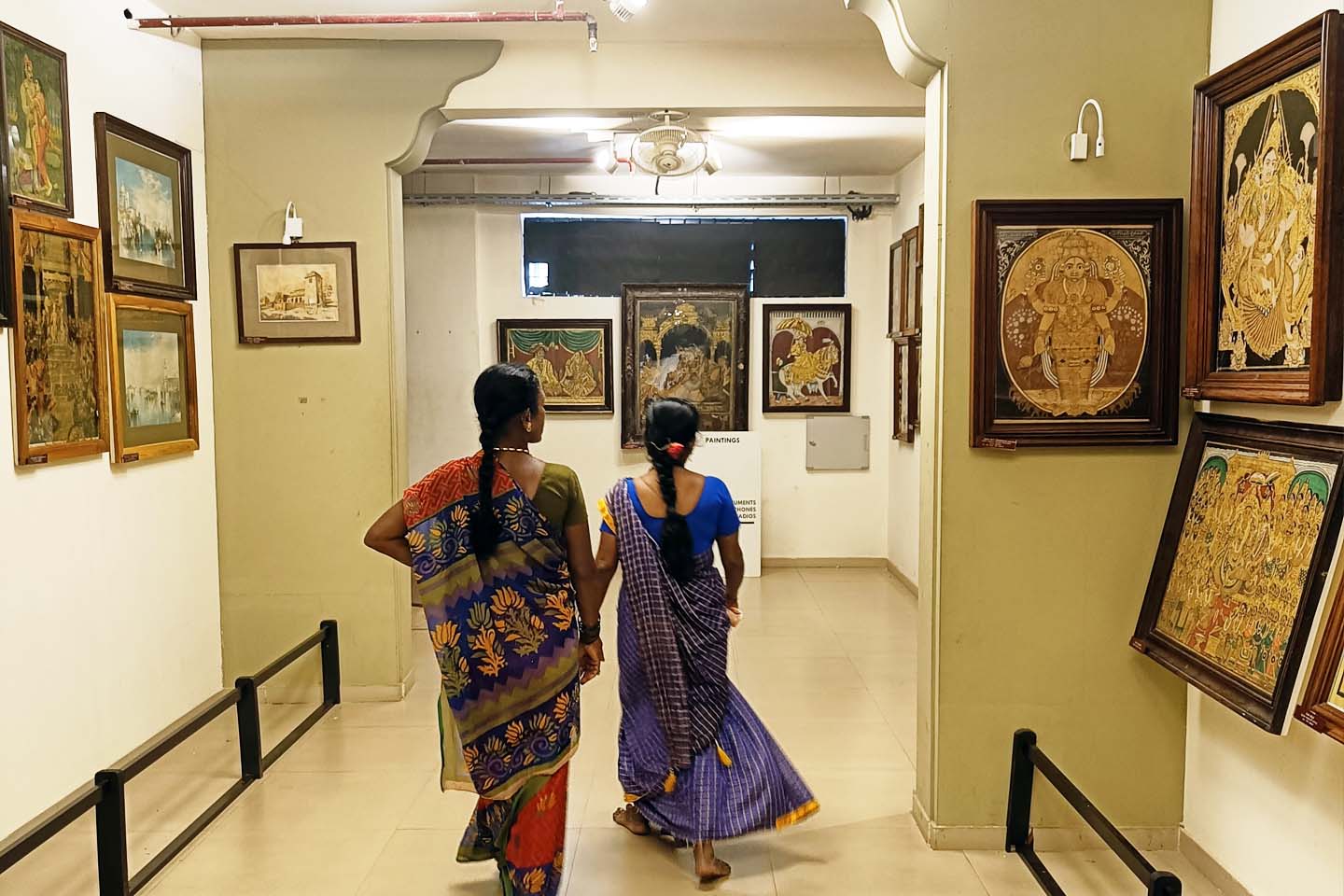9.30 am- 5.30 pm
+91 8256 266624

Manjusha Museum, founded by Padma Vibhushan awardee Dr. D. Veerendra Heggade, is home to the largest single-man diverse collection of antiques, recognized by the India Book of Records in 2024. With over 16,000 artifacts, the museum showcases a wide range of items, from ancient tools to rare relics, some of which are centuries old, and others whose origins remain a mystery. Dr. Heggade’s passion for cultural preservation has driven him to personally curate this collection, which includes artifacts gathered from across India and beyond.
The museum serves as a hub for cultural engagement and education, offering visitors the opportunity to explore India’s rich history through carefully curated exhibitions. Through the conservation of these artifacts, Manjusha ensures that the stories behind each object are preserved, making history accessible and engaging for future generations.
Manjusha Museum began as a personal collection of rare artifacts stored in the attic of Dr. D. Veerendra Heggade’s former residence, the Beedu establishment. What started as a hobby soon evolved into a vision when an international visitor suggested organizing and cataloging the items. With the help of antiques expert Professor Tippeswamy from Mysore University, Dr. Heggade began to systematically collect and preserve valuable cultural items.
As the collection grew, the need for a larger, more suitable display space became clear. The original glass house, a beautiful architectural structure built by Dr. Heggade’s father, Late Shri Rathnavarma Heggade, could no longer accommodate the expanding collection.

The museum was then moved to the second floor of a new building opposite the temple in Dharmasthala and was officially named the ‘Manjusha Antique Museum.’ Visitors were charged a small fee to view the exhibition, which quickly gained popularity. Over the years, Dr. Heggade traveled extensively, gathering artifacts from across India, often facing challenges such as reluctant owners, difficult weather, and long journeys. Today, Manjusha houses over 16,000 artifacts and stands as a testament to his dedication to preserving India’s rich cultural heritage for future generations.

The righteous and pious town of Dharmasthala is one of India’s most renowned religious landmarks, with a rich history that stretches back over 800 years. Situated on the banks of the Nethravathi River, our temple town houses a great shrine of Shiva as well as Manjunatha, Ammanavaru, Chandranath and the Dharma Daivas Kalarahu, Kalarkayi, Kumaraswamy and Kanyakumari. Out temple is unusual, as it is run by a Jain administration, whilst pujas and priests are Hindu. Our has national and international recognition, attracting thousands of pilgrims daily. A mechanised kitchen, once featured in a National Geographic episode, provides free food for all pilgrims.
Dharmastala represents religious tolerance; a Jain Tirthankara is worshiped beside Daivas and Lord Manjunatha (Shiva). The priests are Vaishnavite Brahmins and the guardian of the temple, Dr. Heggade, is Jain.
As the name suggests, the town is the abode of dharma, a hub of humanity, faith and righteousness. The name Dharmasthala is a symbol for the confluence of all necessary attributes, religion, spirituality, social welfare, education, entrepreneurship, healthcare, culture and heritage. The town not only houses Lord Manjunatheshwara’s ancient temple, but a number of Jain shrines that also have long and interesting histories. All shrines are immaculately preserved.
Dharmasthala is an open doorway for those who seek solace, understanding, peace and enlightenment. Its name, Dharmasthala literally means “the place where truth or righteousness resides.”
The vision of Manjusha extends far beyond simply housing artifacts. Dr. D. Veerendra Heggade’s vision was to create a museum that would preserve the past for future generations and foster an appreciation for the rich cultural heritage of the region. Through his dedication, Manjusha has grown into a place where history comes alive, and each artifact tells a story. Dr. Heggade has always believed in the importance of conservation and the need to share these cultural treasures with the public, allowing people to experience and learn from them. His vision continues to guide the museum, ensuring its continued growth and the preservation of history for future generations.
Daily 9.30 am–5.30 pm
Manjusha Museum © 2025. All Rights Reserved
Privacy Policy / Terms of Use